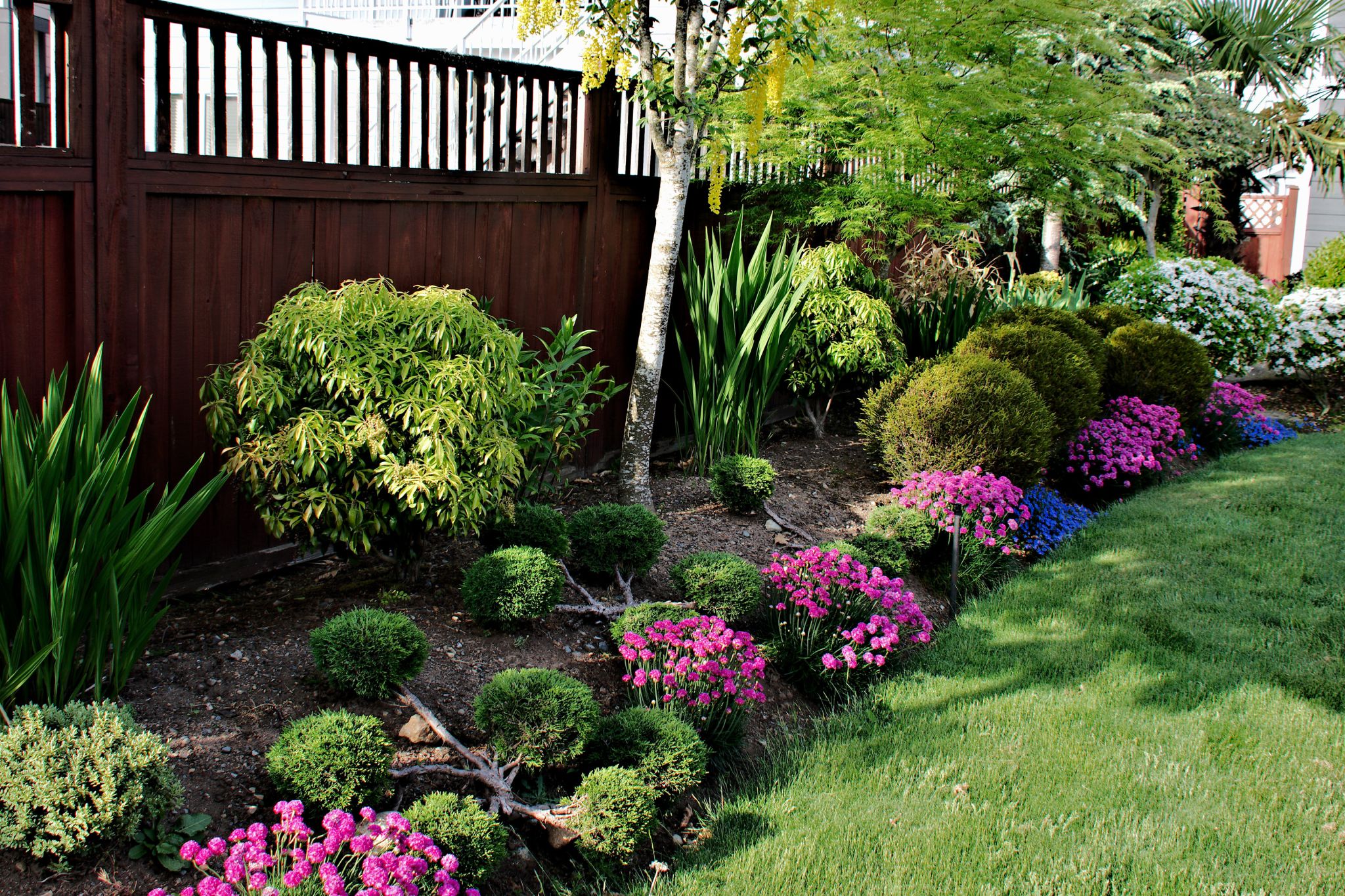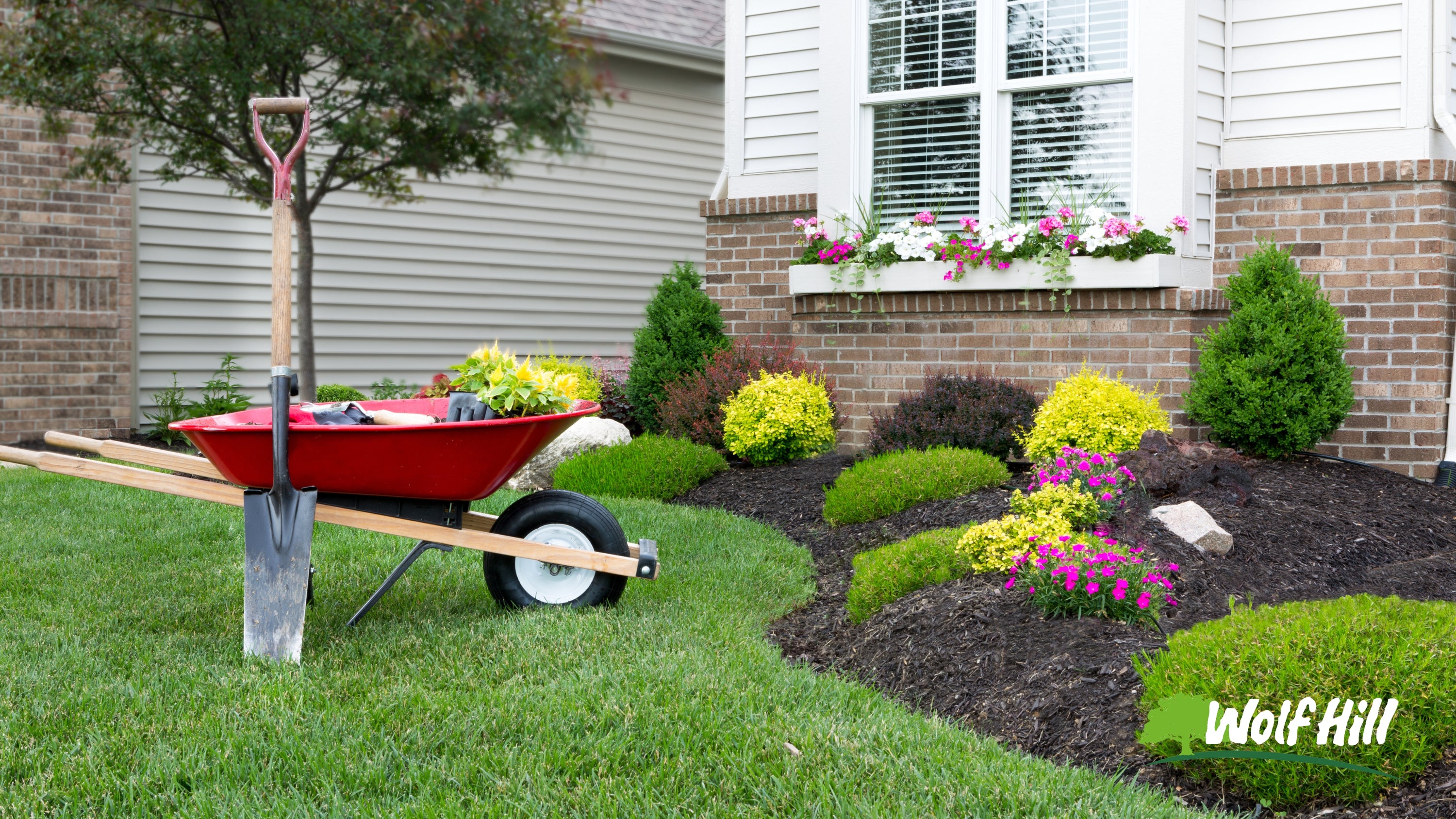Top Guidelines Of Landscaping Services
Top Guidelines Of Landscaping Services
Blog Article
Landscaping Near Me: Producing Outdoor Spaces Includes Arranging Plants, Pathways, And Functions To Enhance Natural Beauty And Functionality
Tracing the Roots of Landscape Style
Have you ever roamed through a garden and felt carried to another age? Landscape style isn't simply about planting flowers; it's a story engraved into the earth, formed over centuries by culture, climate, and creativity. From the official gardens of Renaissance Europe to the wild, naturalistic read more settings preferred by the English Romantic motion, the evolution of landscape style exposes mankind's moving relationship with nature.
The Ancient Foundations
Long before modern tools and digital plans, early civilizations crafted landscapes with symbolic intent. The hanging gardens of Babylon, frequently hailed as a marvel of the ancient world, combined engineering marvel with lavish plant to create a sanctuary in the desert (Backyard Design). The Japanese zen gardens echo simplicity and meditation, showing that landscape design can be both useful and extensive
Key Turning Points in Landscape Design History
| Period | Characteristic | Significant Impact |
|---|---|---|
| Ancient | Meaning and energy | Egyptian and Babylonian gardens |
| Renaissance | Symmetry and order | Italian official gardens |
| 18th Century | Naturalistic, pastoral landscapes | English landscape gardens |
| Modern | Ecological level of sensitivity and development | Contemporary sustainable style |
Why Does This Matter Today?
Isn't it fascinating how the concepts of landscape design from centuries ago still affect our yards and parks? When developing a space now, understanding its historic context improves the process. Including components of symmetry from the Renaissance can bring balance, while welcoming natural forms lines up with today's ecological priorities.
- Historic knowledge notifies product options and plant choice.
- Conventional layouts can mix with modern-day sustainability practices.
- Designs stimulate psychological responses by taking advantage of cultural memory.
Assess a garden you enjoy-- does it whisper stories of past design motions or boldly state brand-new ideas? Landscape design is a living discussion between history and development, where every path and plant tells a tale.
Deciphering the Concepts That Shape a Landscape
Ever questioned why some gardens seem to whisper secrets while others yell mayhem? The response depends on the principles of landscape design. Balance, rhythm, and unity are more than just expensive copyright; they are the invisible threads weaving a tapestry that pleases the eye and relaxes the soul.
Balance isn't simply about symmetry. Think of an enormous oak tree on one side and a cluster of delicate flowers on the other-- visual weight matters, not identical shapes. It resembles a discussion where both voices are heard without subduing one another.
Components That Bring Life to Your Outside Canvas
- Line: Guides the observer's eye, whether through a winding course or a row of hedges.
- Type: Shapes that produce structure; think about the contrast between round shrubs and angular rocks.
- Texture: The roughness of bark versus smooth leaves includes depth and intrigue.
- Color: Plays with mood-- cool blues relieve, while fiery reds energize.
- Area: The breathing space that prevents overcrowding and turmoil.
Expert Tips on Harmonizing These Elements
- Start by sketching your area, marking existing features-- do not underestimate the power of a basic drawing.
- Usage repeating of shapes or colors to develop rhythm, but prevent monotony by introducing unanticipated centerpieces.
- Think about the seasons; what looks sensational in spring may disappear by autumn-- evergreens can anchor your style year-round.
In my early jobs, neglecting scale resulted in a garden dwarfed by towering trees, leaving no space for underplanting. Lesson discovered: constantly procedure and imagine in 3 measurements. Does your style welcome expedition or confusion? Mastering these landscape design aspects transforms spaces from simple plots of land into immersive experiences.
Checking out the Variety of Landscape Style Styles
Why settle for a cookie-cutter garden when the world of landscape style uses a spectrum of designs that can transform an easy yard into a living work of art? From the structured elegance of official gardens to the wild, untamed charm of naturalistic styles, each type welcomes a special story to unfold. Ever seen how a Japanese garden whispers calmness while a Mediterranean yard shouts vibrant life?
Popular Styles & & Their Signature Elements

- Formal: Symmetry rules here, with clipped hedges and geometric patterns assisting the eye.
- Casual: Free-flowing lines and natural plant groupings imitate nature's randomness, making space feel unwinded and inviting.
- Contemporary: Minimalist and smooth, this design mixes hardscapes like concrete and steel with carefully picked plant.
- Rustic: Believe rough textures, native plants, and reclaimed products that echo countryside appeal.
- Tropical: Bold foliage and lively flowers develop an immersive, lush atmosphere ideal for warm climates.
Expert Tips for Picking the Right Design
One secret frequently ignored: soil and climate determine what flourishes, not simply visual appeals. Do not let the urge for exotic plants undermine your style. Rather, embrace native species that require less water and care, lining up sustainability with style. Ever tried layering textures and heights to produce depth? A basic trick like planting decorative grasses behind much shorter perennials can breathe life into flat landscapes.
Table: Style Characteristics vs. Practical Considerations
| Style | Maintenance Level | Best For | Key Products |
|---|---|---|---|
| Formal | High | Timeless homes, public gardens | Boxwood, stone, gravel |
| Informal | Moderate | Household yards, natural settings | Native plants, mulch, wood |
| Contemporary | Low to moderate | Urban areas, contemporary homes | Concrete, metal, succulents |
| Rustic | Low | Rural properties, cabins | Natural stone, wildflowers |
Ever battled with visualizing how a design might suit your area? Sketching or digital modeling can expose nuances unseen by the naked eye. Keep in mind, a cohesive landscape design isn't simply about plants; it's about creating an environment that feels like an extension of your own personality.

Accuracy Meets Creativity: Tools That Shape the Landscape
Ever attempted shaping a masterpiece with blunt instruments? That's how landscape style feels without the ideal toolkit. From the humble measuring tape to advanced digital software application, the arsenal of tools directly affects the last visual and functionality of any job. For circumstances, a laser level can be a video game changer when you need to make sure best grade and drain-- something every landscape designer obsesses over but few customers notice.
Vital Instruments for Every Landscape Designer
- Determining tapes and stakes for accurate spacing and design
- Soil test kits to analyze pH and nutrient levels, diving much deeper than simply "great dirt"
- Sketching tools: pencils and graph paper for early concept
- Digital style software application that replicates sunshine and shadow patterns over seasons
- Pruning shears and hand saws, vital for forming living components
Techniques That Turn Soil into Stories
Do you understand why contouring a garden bed matters beyond aesthetics? It manages water overflow, minimizing erosion and securing root systems. It's a subtle art of balancing nature's whims with human intention. When setting out paths, think about the natural walking patterns-- requiring stiff, straight lines frequently backfires, both visually and functionally.
One lesser-known technique is using xeriscaping techniques to develop drought-resistant landscapes. It's not almost conserving water; it has to do with weaving a resistant tapestry that flourishes with very little intervention. Include native plants and layer textures to build depth and year-round interest.
| Strategy | Function | Specialist Tip |
|---|---|---|
| Terracing | Handle sloped land to avoid soil erosion | Usage retaining walls with natural stone for resilience and aesthetic harmony |
| Mulching | Keep wetness and suppress weeds | Organic mulches improve soil health as they disintegrate |
| Layering | Create visual interest and ecological balance | Combine groundcovers, shrubs, and trees with staggered heights |

Creative Outside Areas in San Diego County
San Diego County is renowned for its diverse landscapes, extending from beautiful coastal beaches to rugged inland mountains and extensive deserts. Home to over 3 million citizens, the area provides a vibrant mix of cultural attractions, outside activities, and natural charm. Popular destinations include Balboa Park, known for its gardens and museums, and the picturesque Torrey Pines State Natural Reserve. The moderate, Mediterranean climate supports a wide range of plant life, making it an ideal location for innovative and sustainable landscape style.
They encourage you to connect to California Landscape Development for a totally free assessment and specialist advice on landscape style, assisting you change your outside area into a stunning and functional area.
Report this page